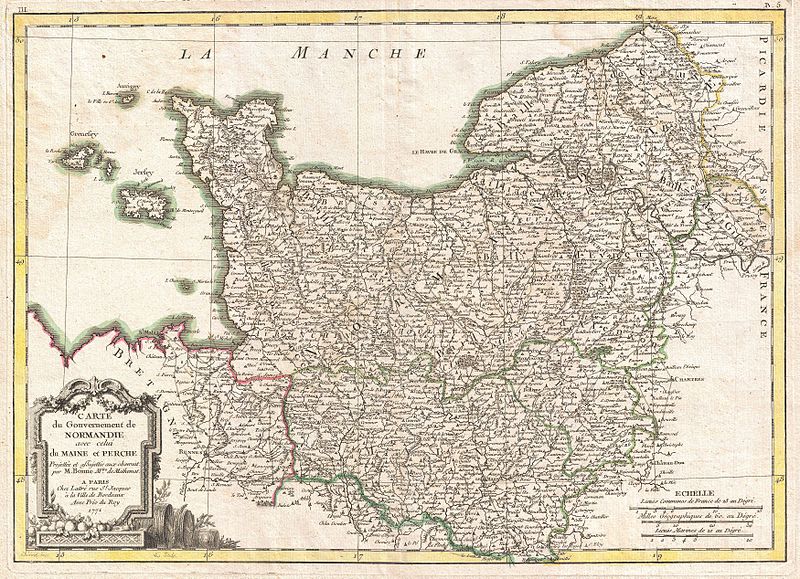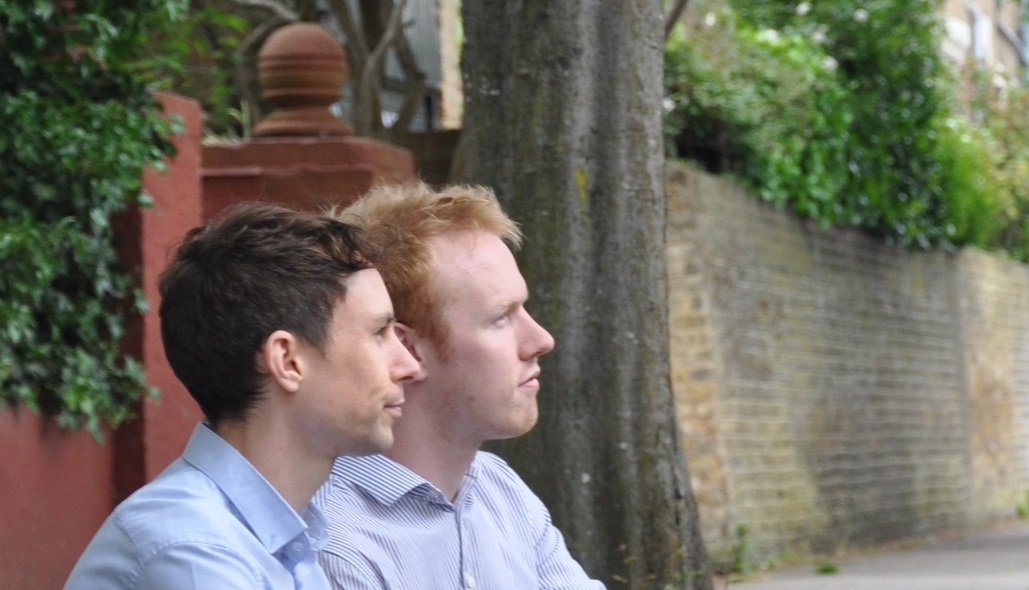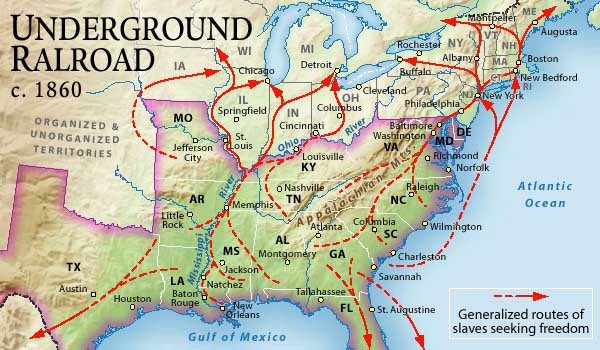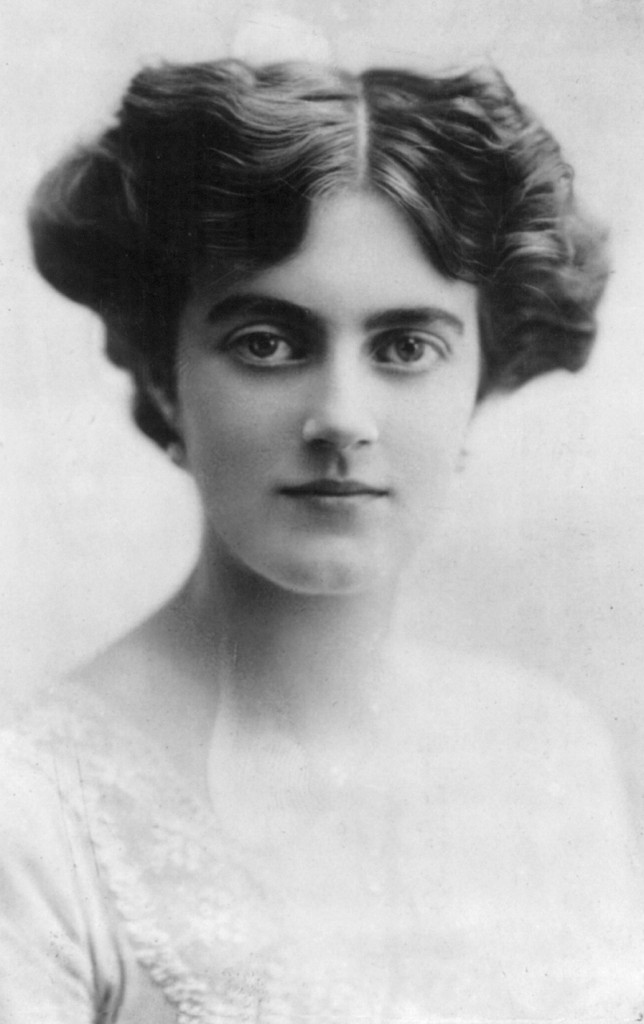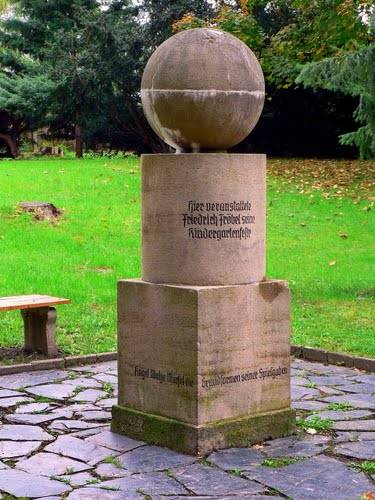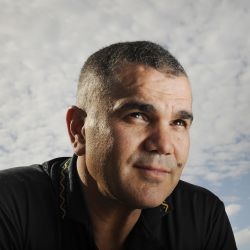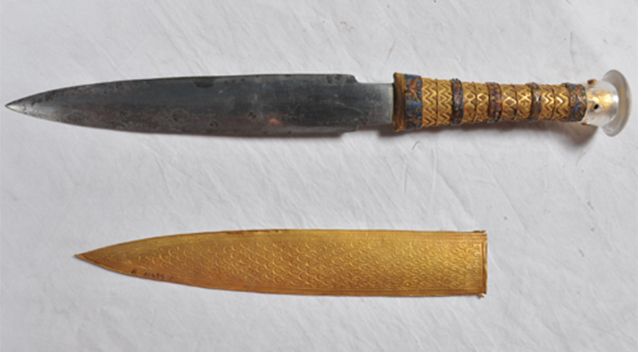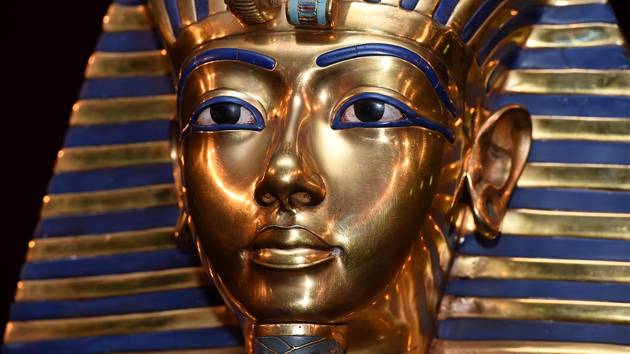Normandy can be said to have begun in 911 with the treaty of St.Clair-sur-Epte between Charles the Simple and the viking Rollo. Charles ceded land to Rollo for his promise to defend Francia from other invading vikings. There had been, we are taught, a Carolingian count still in Rouen in 905. We can therefore assume that “Rollo could have received almost from the hands of his predecessor certain traditions of Frankish administration,” and was “the new count.” There was still, so the picture has it, a bishop at Coutances in 906. By 933 Normandy had already taken its shape, by means of other grants made in good faith by the Frankish kings, Charles the Simple and Raoul. From that time on, and certainly from 940, one ruler, a Carolingian count of, perhaps, little Norse blood himself, and whose people were becoming rapidly gallicized, ruled the ancient pagi from the Pays de Caux to the Couesnon. In a word: “continuity,” though under different management.
But there is another possible reconstruction of the beginning of Normandy. If we intertwine the internal politics of northern Francia with the supposed cession of Normandy to Rollo and his successors, it is possible that the story looks a more complicated one than that of continuity.
Source: Frankish Rivalries and Norse Warriors – Medievalists.net
